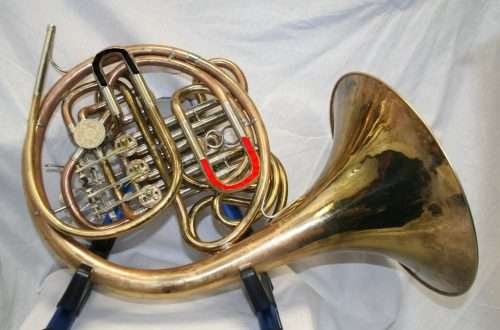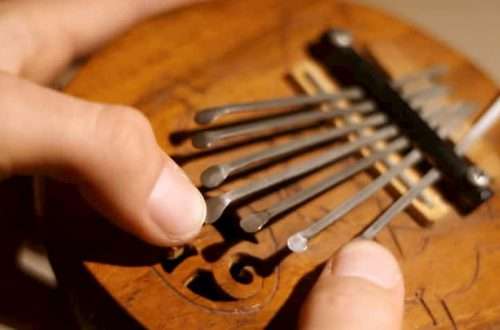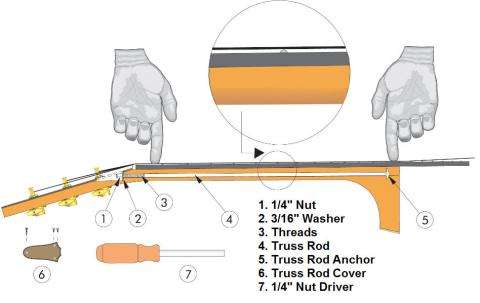
How can a beginner tune a classical guitar?
Any instrument should sound harmonious and good. Let’s assume you are a beginner. You probably already know a couple of chords that you really want to hear in your own performance. But you need to start by setting up your instrument. So, how to tune a guitar for a beginner?
You can tune the guitar either “by ear” manually, or with the help of a tuner . A beginner needs to be able to tune by ear in the first place. This is an old way that will always come in handy even in field conditions, it will never let you down, because even by pulling the strings on a “naked” guitar, you can easily tune it in 5-10 minutes.
Classic tuning method (fifth fret)
This method is considered the most popular and common among beginners because of its clarity and relative simplicity. Look at the neck of the guitar – there you will see six strings. You should start tuning from the lowest string, which is also considered the first. So, first of all we need to know how to tune 1 string?
String number 1. This is the thinnest string and its sound corresponds to the note E (E) of the first octave. Pull the first string with your finger. Unless you accidentally interrupted the sound, you will hear the note mi. How can we check if it really sounds the right note? Household way: call somewhere where they will not pick up the phone or ask someone not to pick up. The beeps you hear correspond to the note E. Now, having memorized the sound, you can tighten or loosen the string in order to get the note E.
In order to adjust the tone of the strings, guitar pegs are used. They are on the head of the guitar. If your guitar is made in such a way that you can see three pegs on each side of the head, then you have a classical guitar in your hands. The first string is the nearest peg from neck a. The strings are connected to the pegs, so you can trace this connection and find the right pegs to tune the instrument.
So. Kolok found. Now pull the string. And while the note sounds, try twisting the peg in different directions. You will probably notice that your actions change the pitch of the sound. Your task is to build the first string so that it sounds like an E note.
String number 2. Now play the second string (it’s the next thickest and in order after the first) at the fifth fret . The technology of construction is as follows. The open first string and the second string clamped at the fifth fret should sound exactly the same. Now, with the help of a peg on the second string, you need to achieve the correct sound. Have achieved. Let’s move on to the third line.
String number 3. This is the only string that is tuned when pressed, not on the 5th, like all the others, but on the 4th fret . That is, we clamp the third string at the 4th fret and tune it in unison with the second open one. The third string, pressed at the fourth fret , should sound the same as the open second .
String number 4. Here we again need to press the string on the 5th fret so that it sounds like the third open. Further, even easier.
String number 5. We tune the fifth string in the same way – we press it on the 5th fret and twist the peg until we achieve unison with the fourth string.
String number 6. ( the thickest in the winding, which is at the top). We tune it in the same way – we press it on the 5th fret and make unison with the fifth string. The sixth string will sound the same as the first, only with a difference of 2 octaves.
Now you need to check the system. Hold down any chord you know . If it sounds clean and without falseness, then the guitar is built correctly. After you have tuned all the strings in turn, I recommend that you go through them again and make a little adjustment, as some strings can loosen and get a little out of tune due to the tension of others. This must be done until all the strings sound in unison . After that, your guitar will be in perfect tune.
How to tune a guitar by ear






